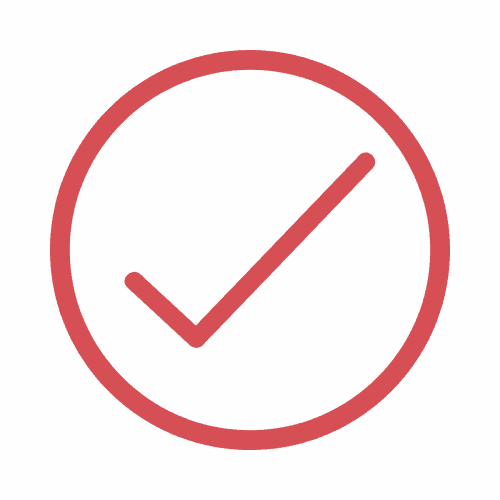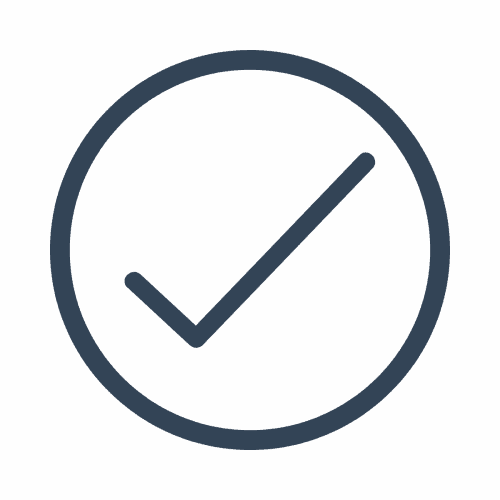Benjamin Franklin’s classic quote, “There are only two things certain in life: death and taxes” may hang dark, but holds true nonetheless.
While we are exposed to taxes on purchases from an early age, it is only once we start earning that we must worry about the taxes being deducted from our incomes.













